WHY THE CLEARWATER SCHOOL WORKS
by Stephanie Sarantos, co-founder, staff member and parent
Clearwater education works because students take primary responsibility for their learning and their school. Each day, students make decisions about how to spend their time, how to reach their goals and how to get along with other members of the community. They gain skills that are essential in the workplace, family and society and graduate prepared to take on the challenges they will face throughout their lives.
The Clearwater School is part of an international movement of Sudbury schools. The Sudbury model runs counter to the prevalent education system based on top down management, mandatory coursework and standardized testing. Yet Sudbury graduates are consistently successful in their adult lives—pursuing higher education and entering creative and entrepreneurial careers. They take on difficult challenges with confidence, achieve their personal goals and most importantly, make sure they lead meaningful lives. Sudbury students are characteristically articulate, compassionate individuals who know how to work with others, think critically, engage their creativity and solve problems—the skills most valued by employers and centers of higher learning.
Given the unique nature of the Sudbury model, most prospective parents and students need to evaluate whether The Clearwater School is a suitable choice. The track record of Sudbury schools, the professionalism of Clearwater staff and contact with students offer reassurance of Clearwater’s effectiveness. In addition, there is a growing body of literature—anecdotal and empirical—that documents the benefits of the Sudbury model. Below are summaries of relevant discoveries in psychology, human development and learning theory, as well as links and references for further reading.
HUMAN BEINGS ARE INTRINSICALLY CURIOUS AND MOTIVATED TO LEARN
The drive for mastery is as essential to human development as are the drives for nourishment, rest and comfort. The Sudbury model of education makes a point of not interfering with children’s motivations. As a result, Sudbury students gain knowledge and skills with intensity and efficiency. Just as babies are motivated to babble, then speak, Sudbury students are motivated to read and write in order to communicate effectively. With the same determination that babies take a step, fall, get up and start over again until they master walking, Clearwater students learn to draw, master games, or study history.
For further reading follow these links:
- What Are You Learning in School? by Shawna Lee, co-founder, staff member and parent
- Institute for Learning and Brain Sciences, University of Washington
- Talaris Research Institute, Seattle
EDUCATION INVOLVES ACTIVE PARTICIPATION BY THE CHILD IN ORDER TO CONSTRUCT KNOWLEDGE
Psychological and developmental research has shown that human beings construct their own knowledge through active exploration and experimentation. Newborn babies are highly capable and genetically wired to learn quickly and efficiently through interactions with people, objects and events in their environment. Children of all ages construct knowledge by discovering new information, comparing that information to what they already know and building new theories and ideas about their world and how it works. Sudbury schools provide the perfect environment for active exploration. Children are expected to move around freely, try new activities, find out how things work and interact with others of varied ages. They can test out theories about how computers work, what insects do, or how to treat other people. Since there are no grades or tests, they are able to learn from experience—mistakes and successful ventures alike.
For further reading follow these links:
- Fearing Freedom by Stephanie Sarantos
- How Kids Learn…and Learn…and Learn by Romey Pittman of Fairhaven School
LEARNING HAPPENS IN THE CONTEXT OF SOCIAL INTERACTION
Developmental research by the Russian psychologist Lev Vygotsky, suggests that learning requires social interaction. Children are influenced by adults and peers in their environment and actually learn most efficiently from individuals who are close to (but slightly above) their own ability level. In traditional schooling, social interactions are not only discouraged, but often prohibited. Age groups and ability groupings limit friendships and student opportunities to interact with younger and older individuals. In contrast, students at Sudbury schools have daily contact with children and adults of vastly different ages – a school design that reflects the natural composition of families, workplaces and communities. Social interaction is the heart of the school and learning happens in every interaction through talking, playing and exchanging ideas with one another—students and staff members alike.
For further reading follow this link:
- The Learning Edge by Jim Reitmulder of The Circle School
CLEARWATER STUDENTS LEARN THAT THEY ARE ULTIMATELY RESPONSIBLE FOR THEIR LIVES
Within the Clearwater community, each person is required to take responsibility for his or her actions. From the earliest age, children make decisions about how to spend their time, gaining a sense of authority over their education. In schools where education is defined by arbitrary requirements, grades and high stakes test scores, children learn to abdicate personal responsibility to outside authorities. Sudbury schools define education as preparation for life. Children are expected to grow into competent adults. They learn through daily practice to develop tenacity, initiative, creativity, problem solving, confidence and compassion.
For further reading follow this link:
- Freedom, Boredom and Motivation by Stephanie Sarantos
DEMOCRATIC EDUCATION PROVIDES THE MOST PROMISING MODEL FOR MEANINGFUL SCHOOL REFORM
Traditionally, schools have been one of the least democratic institutions in our country. The public school system emphasizes conformity and following authority, at the expense of learning to think critically and take initiative. Students must obey rules that are imposed on them, with little opportunity to influence the policies that affect their daily lives. At The Clearwater School, students and adults each have one vote in school decisions – annually electing staff, proposing and enforcing rules and determining budgets. Children experience the principles of democracy through participating in democratic governance. They learn to think about their lives and their community in caring and critical ways.
